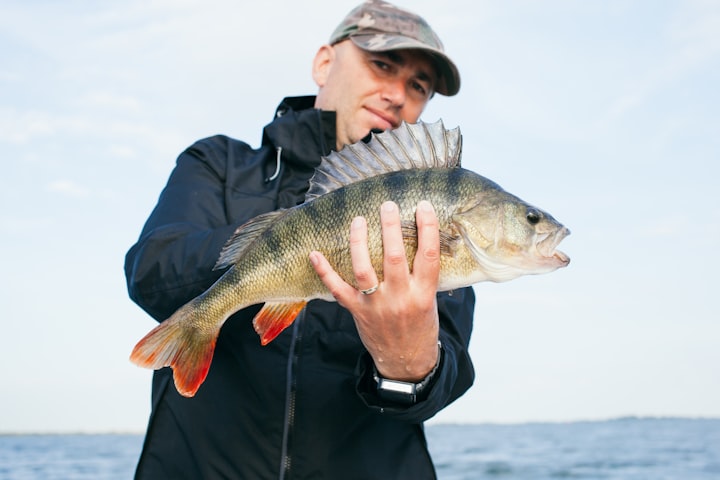
During the spring the bass activities change. Their behavior becomes defensive and aggressive as they should be nestled in their spawning grounds and be in full spawning mode although not all bass spawn at the same time. They usually spawn when water temperatures reach 55 to 70 degrees (f) but typically when the water temperature is a steady 60 degrees (f). They make their beds generally on a hard surface in the shallows. When the female bass lay eggs in their beds the male fertilize it will guard it from any intruder until they hatch. The female will move to another bed and lay more eggs. Bass generally do not make their nests within roughly 30ft of direct vision from another. Sometime there are nesting beds closer to each other than 30ft but the direct vision is broken up by an underwater structure. Look for back waters, coves, points, or calm waters along the shore.
Where do bass make their nests?
Bass like to make their nests in a shallow, hard flat surface that is free of currents where the sun can reach the eggs and warm them until they hatch. Check on the North shores, this is the side that receives more sun due to the position of the sun in the sky in the northern hemisphere and is less likely to have shadows cast over the nests. They will be near vegetation and you can tell when you spot one. They look like a disk under water typically yellow in color sitting on a dark bottom. These are usually placed near a drop off.
So where do the bass hang out?
The male stays close to the nest to protect it. Hit the vegetation in the shallows he is more than likely using this for shade from the sun but is close enough to protect the nest. If you're afraid of getting snagged use a Texas rig or a lure with a weed guard such as a frog or a jig bait. The females don't tend to their nests, but they are close by. Try mid-depth (10ft-20ft) where the drop off occurs. She is more likely to be hanging out along that edge. The bass that are not laying eggs or tending to the nest will be close by to take advantage of the shad hatching along the shores. Look for cover in the shallows and ledges that drop off. Also if you are on a river, they should be sitting in the calm next to the current.
Agitate them!
If you are having trouble getting a hit, throw your bait in the same spot about 4-5 times and bring it in at a medium pace. On the 4th or 5th or fifth time, let your bait hit the water and set for about 5 seconds. Slowly reel it in a couple feet then stop. Wait another 5 seconds. Repeat the slow reel and stop about 4 four times, then reel your bait in at a medium to medium fast pace. This will grab their attention and they should chase after your bait. Slow your reeling down to a crawl about 10ft from the bank or boat. BAM!
Top Water
If the bass are taking to the surface for bugs, this would be the time to throw on a top water bait or a shallow diver. When there is a ton of activity on the surface from the bugs touching the water, it grabs the bass' attentions. If it is feeding time, they are sure to take your bait.
Follow these tips and you may find the lunker!
About the Creator
Mr. Uker
Mr. Uker practiced writing early, first poetry, then story telling, to self publishing 2 novels. Bios for artists and music video script. Written operating procedures, policies, training manuals, operating manuals, and content for websites.






Comments
There are no comments for this story
Be the first to respond and start the conversation.